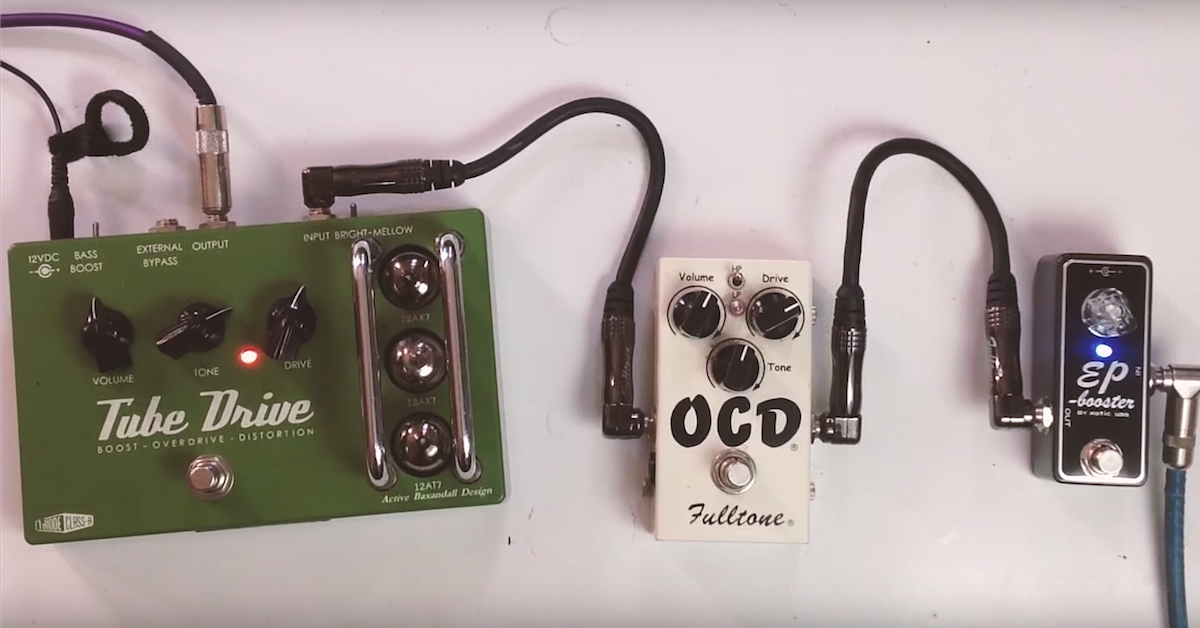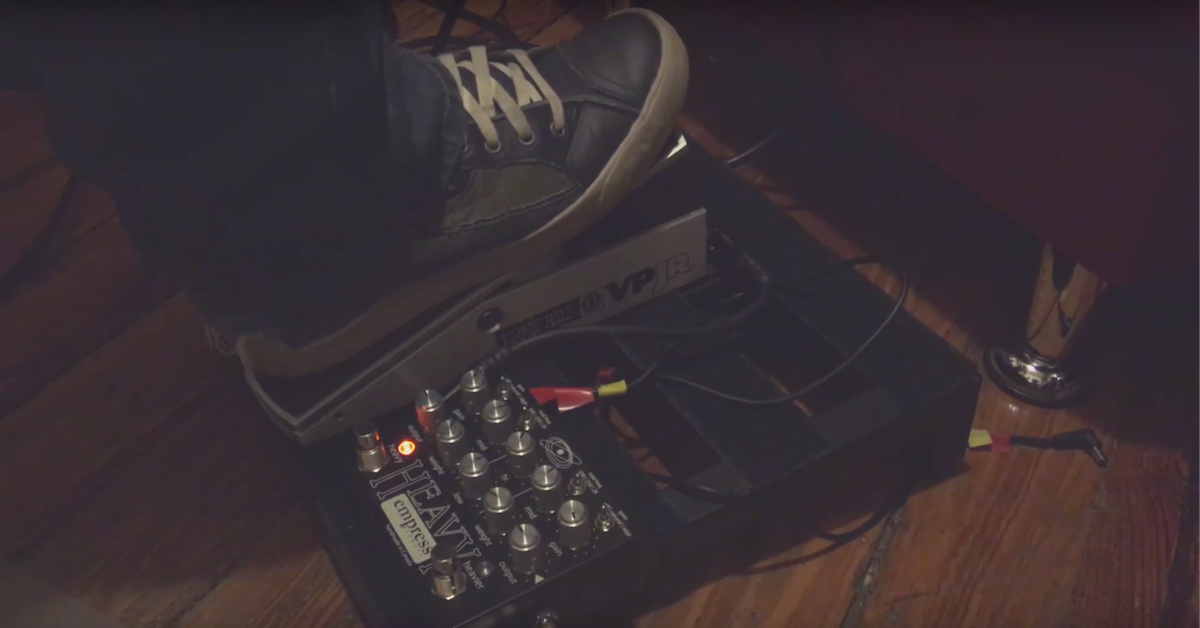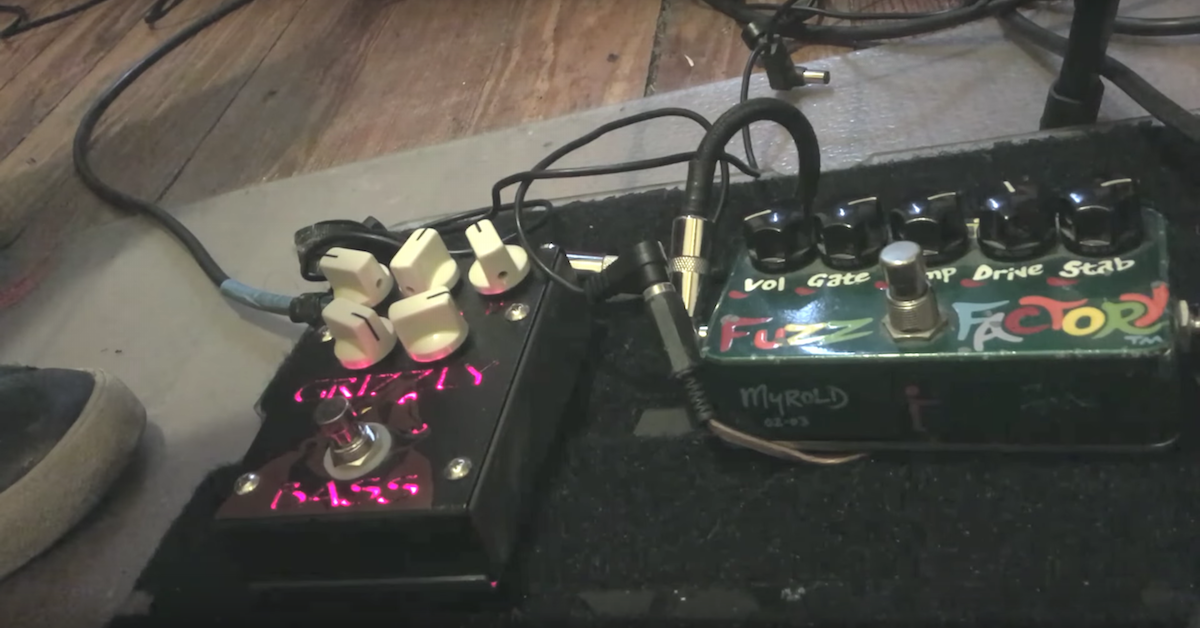Anatomy of Guitar Tone: Treble Boosters
This week, I want to talk about using a treble booster in a live settings and dealing with the massive output volume it creates.
I’m a big fan of treble boosters. I was first introduced from Jethro Tull’s Aqualung, and later found out that it was a key ingredient on some Black Sabbath recordings, and Brian May from Queen used a treble booster frequently.
Some might think that it’s similar to a fuzz pedal, and although it does have some characteristics in common, it really is it’s own unique beast.
The tricky thing about using a treble booster, like this one, which is the Homebrew Electronics Germania, is that they usually only have one knob on them, and when they were created, they were intended to be put on top of the amp, and you switched them on and left them on the whole night.
Generally, because as you turn the one knob up, it’s like a boost pedal in the sense that you can go from 20-30 dB of boost. Now, that’s a lot of extra gain in front of your amp to be turning off, so essentially if you have this pedal cranked and you turn it off, it’s going to go down to a whisper.
This is hard to manage in a live situation, obviously.
My solution for getting around this is to place an overdrive pedal after the Germania or any treble booster to take the brunt of the pedal, and that way it can lower the output volume.
This is not going to work with every overdrive pedal, because the massive amounts of gain from the treble booster may just be too much for the pedal.
I’ve been using this Effectrode Tube Drive pedal because it is actually a tube overdrive pedal, and it seems that it can really take the beating from a treble booster or any booster that really slams it hard.
The key to using this is not to get a lot of gain on it. In fact, I turn the gain all of the way off just until it’s barely on so that I can get volume out of the pedal, and then I use the output volume to adjust what’s going to go to the amp.
This way, if I have the Germania all the way up and really trying to get that hardcore treble booster sound, I can adjust it here. Though it is going to push the tubes in this a little bit, and it is going to overdrive the pedal a little bit, I find that to be a plus, because that’s exactly what would happen with your amp.
If you’re hitting your amp with 20dB of overdrive, you’re going to get some overdrive from the input of the amp.
This is going to also recreate that, but it’s going to allow me to play it at a volume that will be balanced with the other tones in my pedalboard.
So the trick to this is I will place both of these two pedals in a true bypass looper. What that does is it’s going to allow me to switch both pedals on and off at the same time, because these two pedals will be married together. I use the Keeley true bypass looper. You can get a small individual one and then tie these two pedals in series inside that loop.


![Treble Boosters [Anatomy of Guitar Tone]](https://i.ytimg.com/vi/knGy237-Pi8/hqdefault.jpg)



